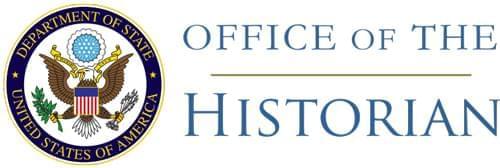The mission of General of the Army George C. Marshall to China to arrange for cessation of civil strife and to bring about political unification (continued from volume IX)
Contents
- XII. Marshall–Stuart statement of August 10; President Truman’s messages
to President Chiang Kai-shek; unsuccessful efforts to establish five-man
committee to set up State Council; continued failure to bring about
cease-fire (August 10–September 29, 1946) (Documents 1–131)
- XIII. Kalgan crisis: Kalgan truce efforts; General Marshall’s threat to
end mediation; Communist refusal of 10-day truce; Government’s capture of
Kalgan (September 30–October 12, 1946) (Documents 132–180)
- XIV. Third party efforts to effect settlement (October 13–November 5,
1946) (Documents 181–244)
- XV. President Chiang Kai-shek’s order to troops to cease fire and
three-day postponement of National Assembly Meeting (November 6–14,
1946) (Documents 245–277)
- XVI. National Assembly’s meeting and adoption of new constitution; General
Chou En-lai’s withdrawal to Yenan; General Marshall’s request to be recalled
(November 15–December 31, 1946) (Documents 278–358)
- XVII. Recall of General Marshall; reactions to General Marshall’s
statement of January 7, 1947, and his appointment as Secretary of State
(Documents 359–386)
- XVIII. Withdrawal of the United States from participation in Executive
Headquarters; return of Communist personnel to Communist territory (January
23–March 9, 1947).
(Documents 387–408)
